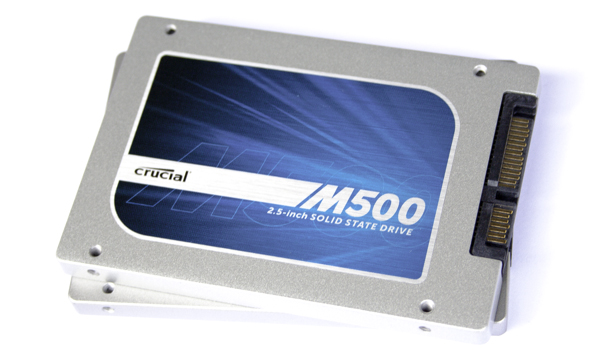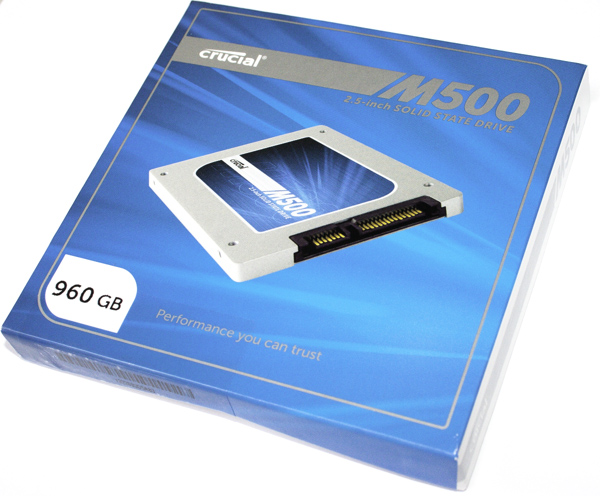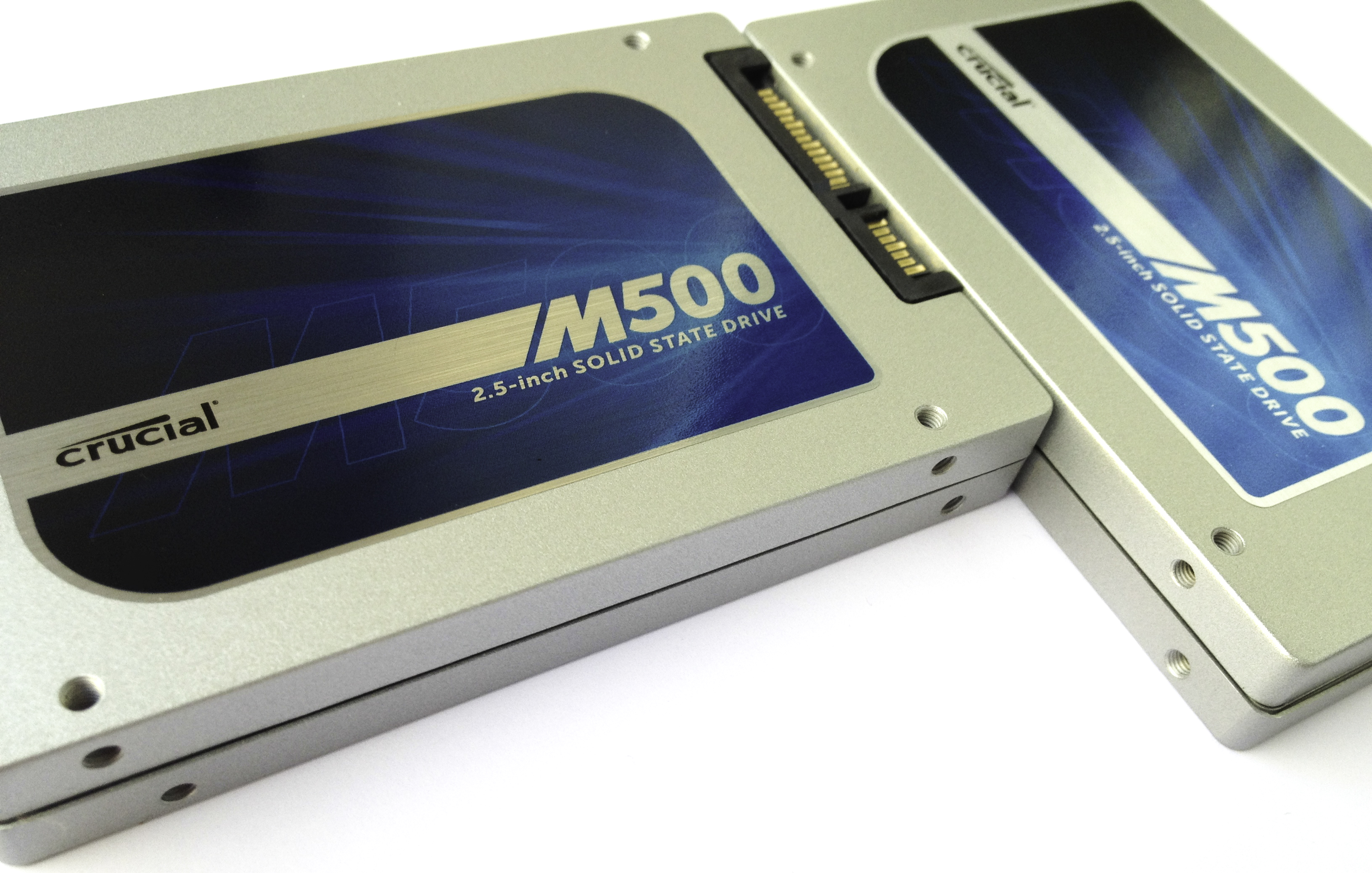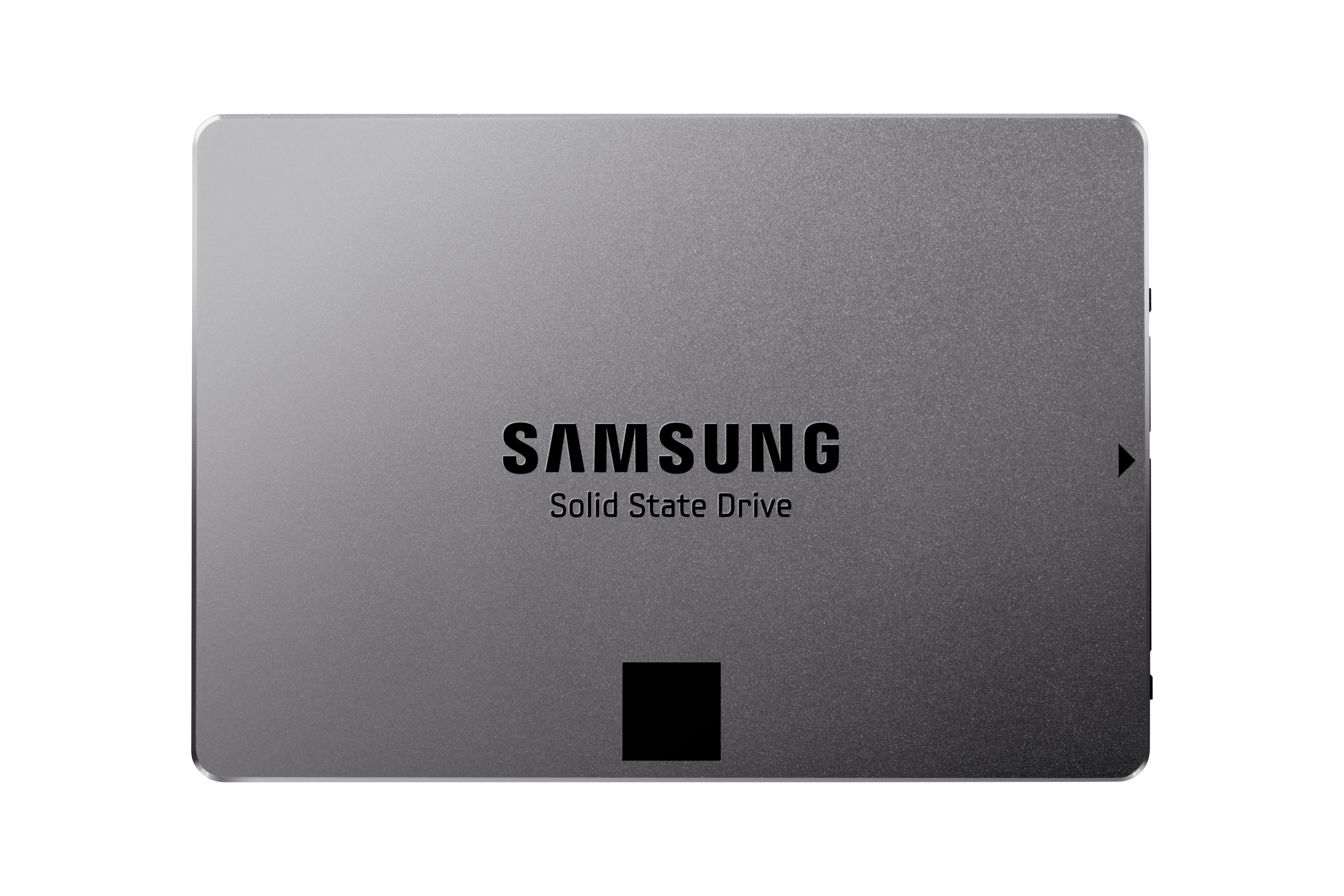SSD Deathmatch: Crucial's M500 Vs. Samsung's 840 EVO
Micron's consumer products division, Crucial, wasn't the first brand to introduce a 1 TB SSD. But it was the first to sell one for less than a fortune, and it sports some snazzy new features to boot. We got our hands on the entire line-up to test.
Crucial's New m4 (Plus 496) Gets Reviewed
Idaho is mostly know for its delicious potatoes. Outside of agricultural circles, though, we tend to think of the state as Micron's cradle, and home to a world-wide behemoth in memory products. DRAM was where the company really got its start, and after a full acquisition of Elpida, it's basically the second-largest memory manufacturer, sandwiched between Samsung and Hynix. Of course, Micron happens to make non-volatile memory too. And these days, Micron and its consumer brand Crucial are all about the flash. When it formed IM Flash Technologies with Intel eight years ago, the sort of solid-state storage we have today was just a dream. Now, it's possible to get your hands on copious capacity thanks to advances in fabrication and SSD research.
Although Crucial got into the SSD game rather early, it only took off after launching the C300. That drive was announced almost four years ago, and was notable for being the first SATA 6Gb/s-capable SSD. It employed Marvell's then-flagship 9174 controller matched up to 32 nm Micron NAND. In 2011, the m4 became a worthy successor based on 64 Gb, 25 nm flash. Successive firmware updates turned the drive into an SSD that we were happy to recommend, especially as prices continued dropping last summer.
How do you follow something like that up? Tough question, right? Without a faster interface to exploit, any successor would still be constrained by a SATA 6Gb/s connection. Performance boosts could only be achieved in a few targeted areas, and pushing beyond the m4's 512 GB limit (economically, at least) required denser flash.

For the M500, the company needed to enhance, update, and improve on whatever it poured into that m4. It stuck to its guns and picked up Marvell's newest controller, the 88SS9187. Then, as 20 nm NAND started improving, transitioning to higher-density 128 Gb die helped achieve larger capacities using the same number of NAND devices.
But here's the awful truth: the main ingredient of solid-state storage is flash memory. If you possess the wherewithal to manufacture it yourself, you're in the best possible position to stay in the black. Once, the rising tide of SSD adoption lifted all boats. Now, the outlook is murkier, since there are so few NAND manufacturers. You have Samsung, Hynix, Flash Forward (Toshiba and SanDisk), and Micron (with Intel). Fortunately, the Crucial brand doesn't have to worry about its flash. With plenty of NAND experience, Micron sorted out its 20 nm flash and created a 960 GB drive with solid technical specifications and a price tag desktop enthusiasts would be able to afford.
That's great and all, but while the big M500 is generally pretty quick, it's not as speedy as the premium offerings from OCZ, Samsung, and SanDisk. The real reason you'd want a large M500 is its lower price and a pseudo-enterprise feature set.

Anyway, the M500 picks up where the m4 left off, and that was never really the fastest drive out there. It was more like the AK-47 of SSDs: practically indestructible and used the world over. Was the m4 perfect? No. But it was a yardstick of sorts, like Intel's X25-M back in the day. It just didn't make sense to keep the m4 around any longer since 25 nm Micron flash is going out of style quickly. As the entire industry shifts to smaller lithography, it's not practical or feasible to keep selling drives based on old stuff.
Get Tom's Hardware's best news and in-depth reviews, straight to your inbox.
When Intel and Micron's 25 nm process came online, their flash was more expensive than the 3x nm NAND that preceded it. As yields improved, memory manufactured at 25 nm became much cheaper, fueling the dramatic price drops we've seen on solid-state storage. Shoot, a 256 GB m4 sold for $600 in early 2011. Two years later, they were going for 30% of their original price. Now, for the same $600, you can get an M500 with no less than 1024 GB of flash on-board. Not bad at all. Of course, joining the 1 TB model in Crucial's line-up are three other 2.5" SSDs:
| Crucial M500 2.5" SATA 3.1 | 120 GB | 240 GB | 480 GB | 960 GB |
|---|---|---|---|---|
| MSRP | ~$120 | ~$200 | ~$400 | ~$650 |
| Controller | Marvell 88SS9187 BLD2 | |||
| NAND | Micron 20 nm Synchronous, 128 Gb Die | |||
| Form Factor/Interface | 2.5", 7 mm Z-height, SATA 6Gb/s | |||
| Warranty | Three Years | |||
| Seq. Read/Write (MB/s) | 500/130 | 500/250 | 500/400 | |
| Rand. 4 KB Read, QD 32 (IOPS) | 62,000 | 72,000 | 80,000 | 80,000 |
| Rand. 4 KB Write, QD 32 (IOPS) | 35,000 | 60,000 | 80,000 | 80,000 |
| Die Count | 8 | 16 | 32 | 64 |
Not only is the M500 selling at new capacity points compared to the m4, but it also gets a bevy of new features. For instance, there's thermal protection that steps in to restrict write speeds when the drive gets too hot. This helps with reliability. TCG Opal 2.0 encryption is a boon for data security. In addition, a new power loss protection system removes some issues of data corruption during a sudden power loss event. Lastly, the M500 gets data redundancy in the form of RAIN (Redundant Array of Independent NAND) should one part of a die fail.
In addition to a 2.5" SATA-equipped form factor, the M500 is also available in mSATA trim as well. And unlike the m4, next-gen M.2-based drives are on their way as well, paving the way for next-gen notebooks and possibly desktop systems.
Current page: Crucial's New m4 (Plus 496) Gets Reviewed
Next Page Inside Of Crucial's M500 SSD-
Someone Somewhere I think you mixed up the axis on the read vs write delay graph. It doesn't agree with the individual ones after, or the writeup.Reply -
Someone Somewhere Even 3bpc SSDs should last you a good ten years...Reply
The SSD 840 is rated for 1000 P/E cycles, though it's been seen doing more like ~3000. At 10GB/day, a 240GB would last for 24,000 days, or about 766 years, and that's using the 1K figure.
You're free to waste money if you want, but SLC now has little place outside write-heavy DB storage.
EDIT: Screwed up by an order of magnitude. -
cryan Reply11306005 said:I think you mixed up the axis on the read vs write delay graph. It doesn't agree with the individual ones after, or the writeup.
You are totally correct! You win a gold star, because I didn't even notice. Thanks for catching it, and it should be fixed now.
Regards,
Christopher Ryan
-
cryan Reply11306034 said:I would only buy SSD that uses SLC memory. I dont wan't to buy new drive every year or so.
Not only are consumer workloads completely gentle on SSDs, but modern controllers are super awesome at expanding NAND longevity. I was able to burn through 3000+ PE cycles on the Samsung 840 last year, and it only is rated at 1,000 PE cycles or so. You'd have to put almost 1 TB a day on a 120 GB Samsung 840 TLC to kill it in a year, assuming it didn't die from something else first.
Regards,
Christopher Ryan
-
Someone Somewhere I'd like to see some sources on that - for starters, I don't think the 840 has been out for a year, and it was the first to commercialize 3bpc NAND.Reply
You may be thinking of the controller failures some of the Sandforce drives had, which are completely unrelated to the type of NAND used. -
mironso Well, I must agree with Someone Somewhere. I would also like to see sources for this statement: "Yes, in theory they last 10 years, in practise they last a year or so.".Reply
I would like to see, can TH use SSD put this 10GB/day and see for how long it will work.
After this I read this article, I think that Crucial's M500 hit the jackpot. Will see Samsung's response. And that's very good for end consumer. -
edlivian It was sad that they did not include the samsung 830 128gb and crucial m4 128gb in the results, those were the most popular ssd last year.Reply -
Someone Somewhere You can also find tens of thousands of people not complaining about their SSD failing. It's called selection bias.Reply
Show me a report with a reasonable sample size (more than a couple of dozen drives) that says they have >50% annual failures.
A couple of years ago Tom's posted this: http://www.tomshardware.com/reviews/ssd-reliability-failure-rate,2923.html
The majority of failures were firmware-caused by early Sandforce drives. That's gone now.
EDIT: Missed your post. First off, that's a perfect example of self-selection. Secondly, those who buy multiple SSDs will appear to have n times the actual failure rate, because if any fail they all appear to fail. Thirdly, that has nothing to do with whether or not it is a 1bpc or 3 bpc SSD - that's what you started off with.
This doesn't fix the problem of audience self-selection
-
Someone Somewhere You were however trying to stop other people buying them...Reply
Sounds a bit like a sore loser argument, unfortunately.
SSDs aren't perfect, but they generally do live long enough to not be a problem. Most of the failures have been overcome by now too.
Just realised there's an error in my original post - off by a factor of ten. Should have been 66 years. -
warmon6 Reply11306841 said:I am not talking about Samsung SSD-s, I am talking about SSDs in general. And I am not going to provide any sources because SSD fail all the time after a year or so. That is the raility. You can find, on the internet, people complaining abouth their SSD failing. There are a lot of them...
Also, SLC based SSD-s are usually "enterprise", so they are designed for reliability and not performance, and they don't use some bollocks, overclocked to the point of failure, controllers. And have better optimised firmware...
Tell that to all the people on this forum still running intel X-25M that launched all the way back in 2008 and my Samsung 830 that's been working just fine for over a year.......
See what you're paying attention too is the loudest group of ssd owners. The owners that have failed ssd's.
See it's the classic "if someone has a problem, there going to be the one that you hear and the quiet group, isn't having the problem" issue.
Those that dont have issues (such as myself) dont mention about our ssds and is probably complaining about something else that has failed.

